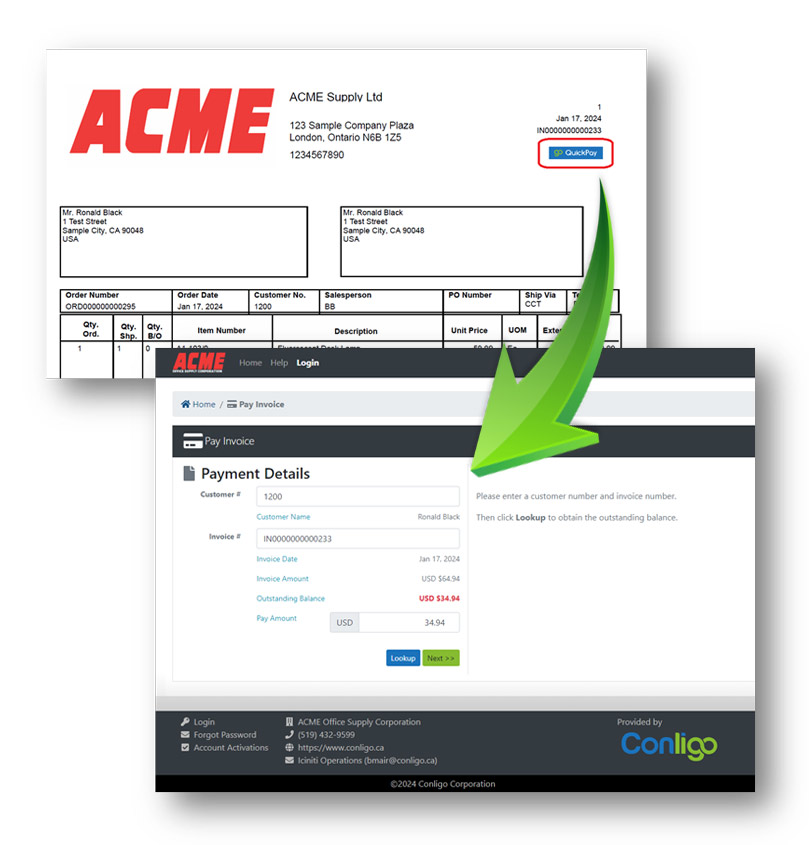One of Sage’s greatest strengths is its collaborative approach to innovation, both with its Sage resellers and its independent software vendors (ISVs). Together with Sage, these players make up an ecosystem of innovation that can drive your business forward. But in order to reap maximum rewards, we need to first understand how this ecosystem works.
The ecosystem
You can think of Sage software as the central organism in a large ecosystem that also contains Sage resellers and ISVs. If a Sage user wants functionality that isn’t part of the core product, there’s a good chance that an ISV has created a product to provide it. But Sage users can’t spend every day familiarizing themselves with all the new software that emerges in this ecosystem. This is one of many areas where a knowledgeable Sage reseller is so essential.
Like any ecosystem, the Sage ecosystem is defined by interdependence. Hundreds of ISVs are constantly working to extend the core functionality of Sage software, and this is by design. With its partner program, Sage marketplace, and even a Partner Podcast, Sage is constantly encouraging ISVs to innovate. It also provides them unparalleled support in doing so. This is because Sage understands the innovation that can come from this group. The trick, then, is for a Sage user to navigate their way through this ecosystem to get maximum benefit. This is another place where Sage resellers become very important.
Your guide
It’s not fair to expect Sage users to stay up-to-date on every new product or feature that emerges in the Sage ecosystem. Luckily, there is a community of expert Sage resellers who make it their business to stay informed on the latest and greatest features available to Sage users. It’s the involvement of these resellers that allows the ecosystem of innovation to function, because without them, the amount of choices out there might be overwhelming.
But guiding users through their options isn’t the only way that resellers support this ecosystem. Many of the products created by ISVs are also environmentally sensitive, meaning that they integrate with Sage (and potentially other ISV products) in sometimes complex ways. Changes in one piece of software can impact other parts of the ecosystem, and this is where resellers come in again as a core player. These resellers know how certain pieces of software interact with others, and they help users keep their own Sage ecosystems healthy and robust.
Moving forward
Simply put, Sage has made itself a premier provider of enterprise software due to its collaborative, interdependent approach to innovation. But it’s always important to remember that navigating this world of innovation requires the guidance of professionals who spend every day working with these solutions and staying up-to-date on the latest and greatest features available, either from Sage itself or an ISV. It’s important to reflect on the central role of resellers in building and maintaining this ecosystem. It’s also important to remember that a caring, knowledgeable reseller is worth their weight in gold!









